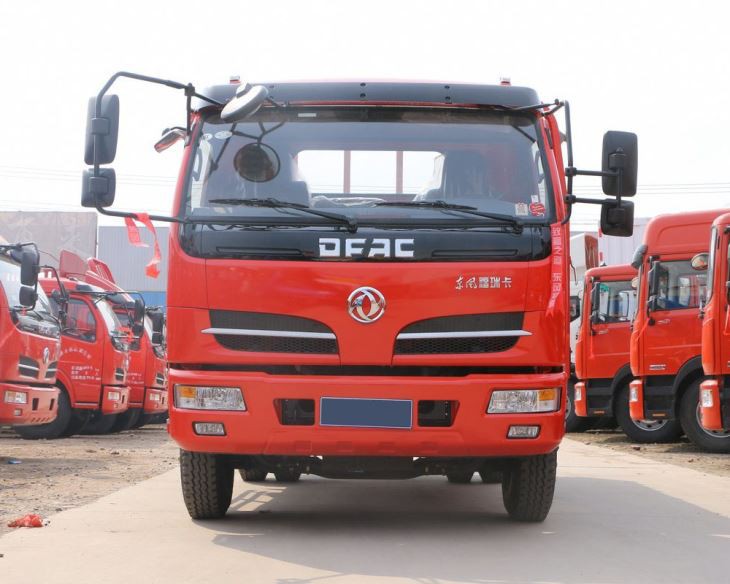Introduction
Petrol tanker capacity is a crucial aspect of the petroleum industry, affecting everything from fuel distribution logistics to pricing strategies. Understanding the capacity of petrol tankers is essential for stakeholders such as oil companies, shipping firms, and even consumers who seek an in-depth knowledge of how fuel transportation works. This article explores various dimensions of petrol tanker capacity, including its definitions, types, influences on the industry, and practical tips for stakeholders. We’ll also address common questions to provide a well-rounded understanding of this important topic.
1. What is Petrol Tanker Capacity?
Petrol tanker capacity refers to the volume of fuel that a tanker can transport. This capacity is typically measured in liters or gallons, and it varies based on the size and design of the tanker. Understanding this capacity helps in planning logistics and managing supply chains more effectively.
1.1 Types of Petrol Tankers
There are several types of petrol tankers, each designed for specific purposes. Here are the most common types:
- Small Tankers: Usually have a capacity of up to 5,000 liters, ideal for local deliveries and smaller operations.
- Medium Tankers: Ranging from 10,000 to 30,000 liters, suitable for regional distribution.
- Large Tankers: With capacities ranging from 30,000 to 100,000 liters, these are used for long-distance transportation and larger operations.
1.2 Importance of Petrol Tanker Capacity
The capacity of petrol tankers has significant implications for the economy and fuel distribution:
- Cost-Effectiveness: Larger tankers can transport more fuel at a lower cost per liter.
- Supply Chain Efficiency: Understanding tanker capacity helps optimize the logistics of fuel delivery.
2. Factors Influencing Petrol Tanker Capacity
2.1 Design and Construction
The overall design and materials used in constructing a petrol tanker influence its capacity. Modern innovations aim to maximize volume while ensuring safety and durability.
2.2 Regulatory Standards
Regulatory factors play a significant role in determining tanker capacity. Compliance with safety standards and legislation can dictate the maximum size and cargo load.
2.3 Market Demand
The fluctuating demand for fuel in different regions affects tanker size preferences. For instance, high-demand areas might prefer larger tankers to meet consistent fuel needs.
3. Petrol Tanker Capacity by Region
The capacity requirements can vary significantly between regions due to local regulations, infrastructure, and market demands.
3.1 North America
In North America, medium and large tankers are common due to extensive road networks that facilitate larger shipments.
3.2 Europe
European regulations often require smaller tankers for urban areas, promoting local deliveries and reducing environmental impact.
3.3 Asia
Asia has a mixture of small, medium, and large tankers. Countries like China leverage large tankers for international shipping, while others opt for smaller units for narrow roadways and dense populations.
4. Calculating Petrol Tanker Capacity
To calculate the capacity of petrol tankers, several factors come into play, including dimensions and volume. Here’s a straightforward formula:
4.1 Volume Calculation Formula
| Measurement (in meters) | Formula | Example Calculation |
|---|---|---|
| Length x Width x Height | Volume = L x W x H | 10 x 2 x 2 = 40 m³ |
To convert to liters, remember that 1 cubic meter (m³) equals 1,000 liters.
4.2 Practical Example
If a tanker has dimensions of 10 meters long, 2 meters wide, and 2 meters high, the calculation would be:
- Volume = 10 x 2 x 2 = 40 m³
- Converting to liters: 40 m³ x 1,000 = 40,000 liters
5. Advantages of Understanding Petrol Tanker Capacity
5.1 Cost Management
Understanding tanker capacity plays a critical role in managing transportation costs effectively, allowing companies to assess the economic viability of shipping fuel over varying distances.
5.2 Better Supply Chain Planning
In-depth knowledge of capacity helps businesses plan their supply chains better, ensuring they have the necessary tankers for both peak and off-peak demands.
6. Common Challenges with Petrol Tanker Capacity
6.1 Overloading
One of the most significant concerns is tanker overloading, which can lead to severe safety hazards and legal ramifications.
6.2 Inaccurate Capacity Estimates
Inaccurate estimates can lead to logistical problems, affecting supply lines and increasing operational costs.
7. Tips for Managing Petrol Tanker Capacity
7.1 Regular Maintenance Checks
Conduct regular inspections and maintenance checks to ensure the tanker is always operating at optimal capacity.
7.2 Accurate Record-Keeping
Keep precise records of tanker loads to avoid overloading and ensure compliance with regulations.
7.3 Training for Operators
Invest in training for drivers and operators on best practices for loading and transporting fuel safely.
FAQ Section
1. What is the average petrol tanker capacity?
The average petrol tanker capacity depends on its type but typically ranges from 5,000 to 100,000 liters.
2. How do regulations affect tanker capacity?
Regulatory standards dictate the maximum allowable capacity based on safety and environmental considerations.
3. Can tanker capacity impact fuel pricing?
Yes, larger tankers can reduce transportation costs, potentially leading to lower fuel prices for consumers.
4. How can I improve my understanding of petrol tanker capacity?
Research industry standards, engage with logistics professionals, and attend seminars related to fuel distribution.
5. Are there any innovative trends in petrol tanker design?
Yes, current trends include the use of eco-friendly materials and designs aimed at improving fuel efficiency and safety.
6. What is the environmental impact of petrol tankers?
The environmental impact includes emissions during transportation and potential leaks, leading to community concerns and regulatory responses.





